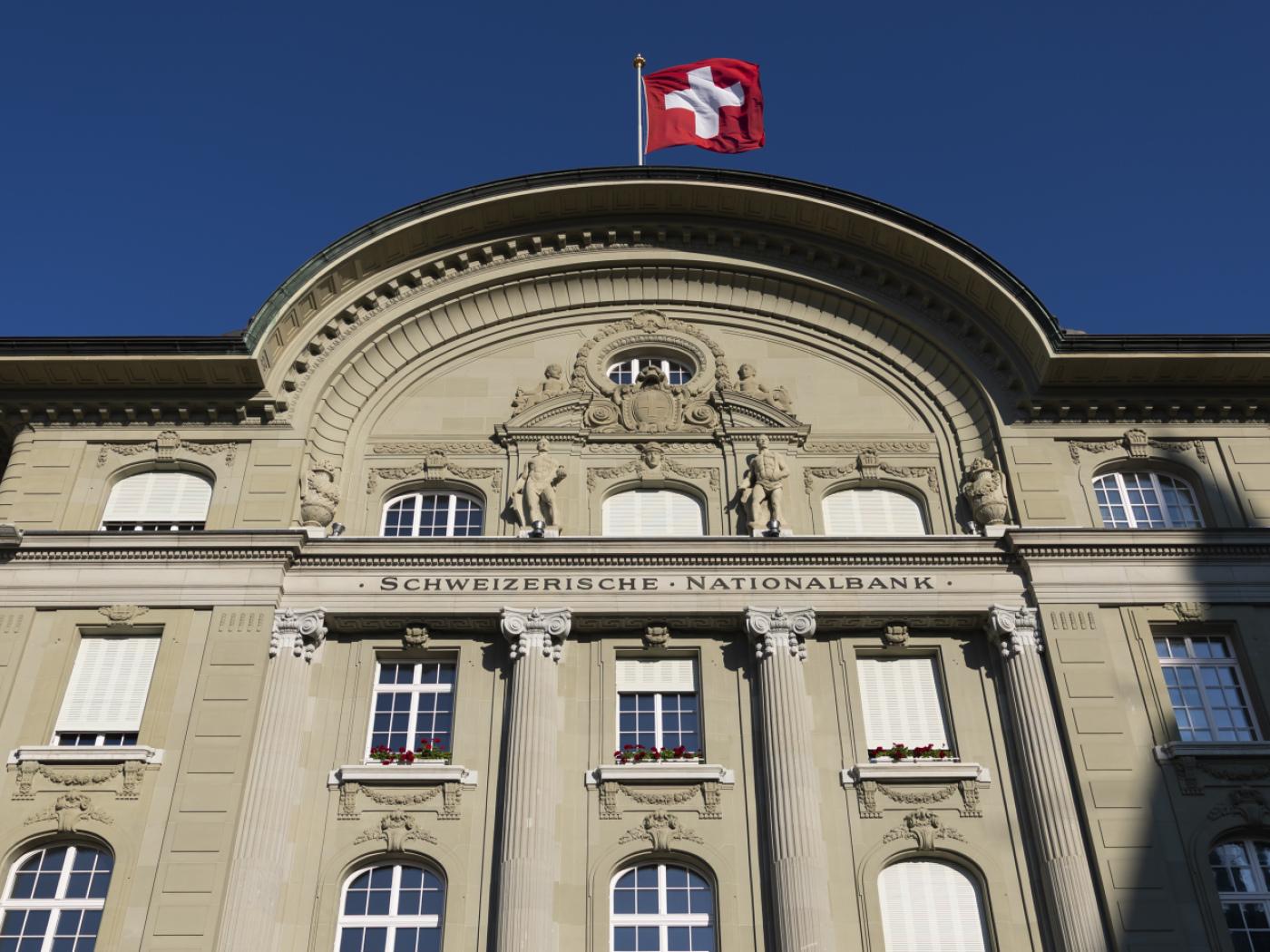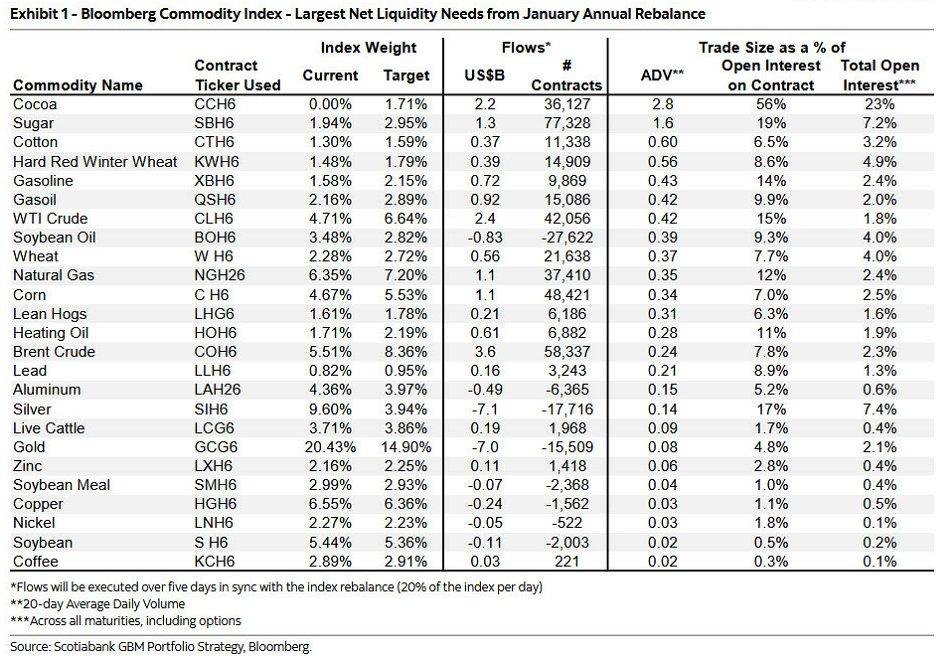Overview: The US dollar is narrowly mixed as North American participants prepare to return for the last session of the first half. Despite firmer than expected Tokyo CPI and stronger than expected industrial output, the market lifted the greenback around JPY161.25 before profit-taking pressures bought it back toward session lows near JPY160.65 in Europe. President Biden is thought to have lost last night's debate with Trump, but it does not appear to be much of a market factor. The immediate focus is on today's PCE deflator, which we suggest below may not have lasting impact as the signal has already been given from the CPI and PPI, and there will be another batch of inflation readings before the Fed meets again. The outcome of Sunday's French election remains a source of investor anxiety and the French 10-year premium over Germany has widened further today to the most since 2012. Most emerging market currencies enjoy a firmer tone against the dollar today, including the Chinese yuan. The PBOC fixed the dollar lower today for the first time in eight sessions.
Equities are closing the month on a firm note. The large bourses, but India rose in the Asia Pacific region. Japan's Topix reached a new 34-year high. Europe's Stoxx 600 is trying to snap a three-day decline and is up about 0.25%. US index futures are trading higher. Benchmark 10-year yields are 1-4 bp higher in Europe and the 10-year US Treasury yield is up a couple of basis points to 4.30%. The yield is up about seven basis points this week. Gold is consolidating yesterday's recover and is slightly firmer near $2330, where is up fractionally on the week. August WTI is breaking out of its $80-$82 consolidation and reached almost $82.75 today, a new two month high.
Asia Pacific
Today's economic data and the yen's continued weakness provide no reason to think that the BOJ will not raise rates and reduce its bond purchases to less than the maturing issues (i.e., quantitative tightening) at the end of the month. The tick-up in Tokyo's June CPI is a harbinger of a similar rise in the national reading, which will not be reported until July 19. The headline rate edged up to 2.3% from 2.2%, and the core rose to 2.1% from 1.9%. Moreover, the 2.8% rise in May industrial output was well above expectations (~2%) and means that after contracting in Q1 (earthquake on January 1 and auto scandal), is nearly flat on the year. Japan's 10-year yield rose a little more than eight basis points this week. It is biggest weekly increase since last July. Early Monday, the BOJ's Tankan survey will be reported. It is expected to be little changed, except for projections of more capex. China will report its official PMI and the Caixin manufacturing PMI.
In North America yesterday, the dollar was largely confined to the ranges set in the Asia Pacific session earlier. Support was found near JPY160.30, while perhaps the five-basis point decline in the US 10-year yield, discouraged short-term participants from challenging JPY160.80. The dollar rose slightly above JPY161.25 early today before steadying and returning to nearly unchanged levels in the European morning. Of possible interest, there are options at JPY161 for $1.5 bln that expire next Tuesday. There is some speculation about post-US PCE deflator may offer the BOJ an opportunity to intervene. While possible, we suspect early Monday may also be such a window of opportunity. While the yen has been trending lower, the Australian dollar has been moving decisively sideways. It continues to hug the middle of the one-cent band ($0.6600-$0.6700). It fell to a new low for the week earlier today near $0.6620 but recovered quickly back to the middle of its range. Australia's two-year yield rose by 30 bp this week through yesterday at its best yesterday, but saw the gains halved by today's close. It settled slightly above $0.6650 last week and is within spitting distance of it now. The dollar settled above CNH7.30 for the second consecutive session yesterday, but the market seems reluctant to stray too far, fearful of incurring the wrath of officials. The PBOC set the dollar's reference rate at CNY7.1268 (CNY7.1270 yesterday). It was the first lower fix in the past eight sessions. Measured on its CFETS index, the yuan has remained mostly within a one standard deviation band around its 100-day moving average. That seems like a plausible definition of stability, which PBOC officials say they seek. The dollar is snapping a three-day advance against the offshore yuan, but it is still higher on the week, which would be the sixth consecutive weekly advance.
Europe
The ECB's survey of inflation expectations provides little new information. The one-year forecast was 2.8% compared with 2.9% previously, and the three-year projection slipped from 2.4% to 2.3%. The preliminary estimate of the June CPI will be reported next week. France, Italy, and Spain reported their figures earlier today. They were all spot-on expectations. France's CPI rose by 0.1%, Italy by 0.2% and Spain by 0.3%. The market looks for a 0.3% month-over-month increase in the aggregate estimate that match the rise in June 2023, and consequently leave the year-over-year rate steady at 2.6%, but for the rounding. It would also put the Q2 increase around 4.4% annualized after a 4.0% annualized pace in Q1. A cut at the July 18 ECB meeting was never a strong probability. The market has about 75% chance of a cut is discounted for September. The first round of the French legislative election is Sunday. The main questions are the size of the National Rally's victory and how poorly Macron's movement performs. Among the costs of the snap-election decision is what appears to be a successful rebuffing of Macron's push for joint EU defense bonds. Many had argued that the 800 bln euro EU recovery bonds were precedent that would allow more common issuance, but it remains more in the realm of hope than practice. This has been underscored by MSCI's recent decision not to include the EU bonds in its benchmark indices. The UK goes to the polls on July 4. The key issue is the extent of Labour's victory and the extent the Reform UK siphons votes from the Conservatives.
For two weeks now, the euro has been chopping between roughly $1.0665 and $1.0760. So far today, is in a narrow range of 10-15 ticks around $1.07. It is hard to get excited about it ahead given the political backdrop. There are expiring options today at $1.0725 for 1.6 bln euros and at $1.0670 for 1.2 bln euros. There is a temptation by some to think "it" has been discounted, but yesterday, ahead of the final TV debate among the three party leaders, the French 10-year premium over Germany widened to a new extreme (~85 bp, most since 2012). For its part, sterling has been in a range of about $1.2615-$1.2740 in the second half of June. It was flat on the on the week coming into today's session after falling for the past three weeks by a cumulative 0.75%. It is little changed today, hovering mostly between $1.2625 and $1.2650. It had gained 2.5-cents (~2%) in May, the only month in H1 24 that it appreciated.
America
It may sound blasphemous, but don't expect much more than a knee-jerk reaction of the release of the inflation measure the Fed targets, the PCE deflator. First, the signal has already been generated from the CPI and PPI releases. With those inputs, the PCE deflator rarely surprises. Second, even if the flat month-over-month print is the lowest of the year, there is practically no chance of a rate cut at FOMC meeting at the end of July. Third, there will be another CPI, PPI, and PCE deflator before the Fed meets again. As the June dot plot illustrated, the Fed is closely divided on this year's action, but there seemed to be unanimity that at least a couple more months of data are needed to boost confidence that inflation is on a sustainable path to the target. That said, Chair Powell has been explicit that a sharp deterioration of the labor market would change the calculations. The US reports June nonfarm payrolls on July 5. The median forecast in Bloomberg's survey is 185k and an unchanged unemployment rate at 4.0%. The average job growth in the first five months of the year is slightly below 250k. The average was almost 300k in the first Jan-May 2023 period. The labor market is slowing gradually, but the slowdown could accelerate in H2. Canada reports April GDP today. The economy is expected to have grown by about 0.3% after stagnating in March.
After bouncing from about CAD1.3625 Tuesday to around CAD1.3710 on Wednesday, the greenback mostly consolidated yesterday. It spent the North American session largely between CAD1.3675-CAD1.3700. The greenback was bid to CAD1.3735 initially today before easing back to CAD1.3700 in the European morning to leave it little changed on the session. It was practically flat this week coming into today's session. The US dollar fell by a little more than 0.5% over the previous two weeks. Options at CAD1.3730-40 for about $850 mln expire today. As widely anticipated, the Mexico's central bank left the overnight target rate unchanged at 11.00%. It continued to hold out the possibility of another rate cut later this year but seems to show that it was not in a hurry by raising its Q2 and Q3 CPI forecasts (4.7% vs. 4.6% and 4.5% from 4.4%, respectively). It did shave the core rate forecasts by 0.1% to 4.2% in Q2 and 4.0% in Q3. The dollar extended its recovery against the peso for the third consecutive session. It met the (50%) retracement objective of the pullback since the June 12 high near MXN19.00. The next retracement (61.8%) was around MXN18.5660 and that was surpassed today when the greenback approached MXN18.60 before it reversed and fell to about MXN18.3350. There are almost $1.9 bln in options at MXN18.50 that expire today. Initial support may be in the MXN18.25-MXN18.30 area.
Full story here Are you the author? Previous post See more for Next post
Tags: #USD,CPI,Currency Movement,ECB,EU,Featured,France,Japan,newsletter,US





















